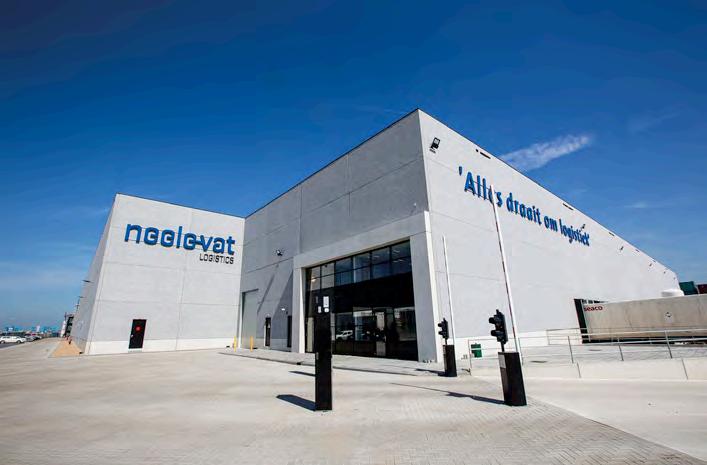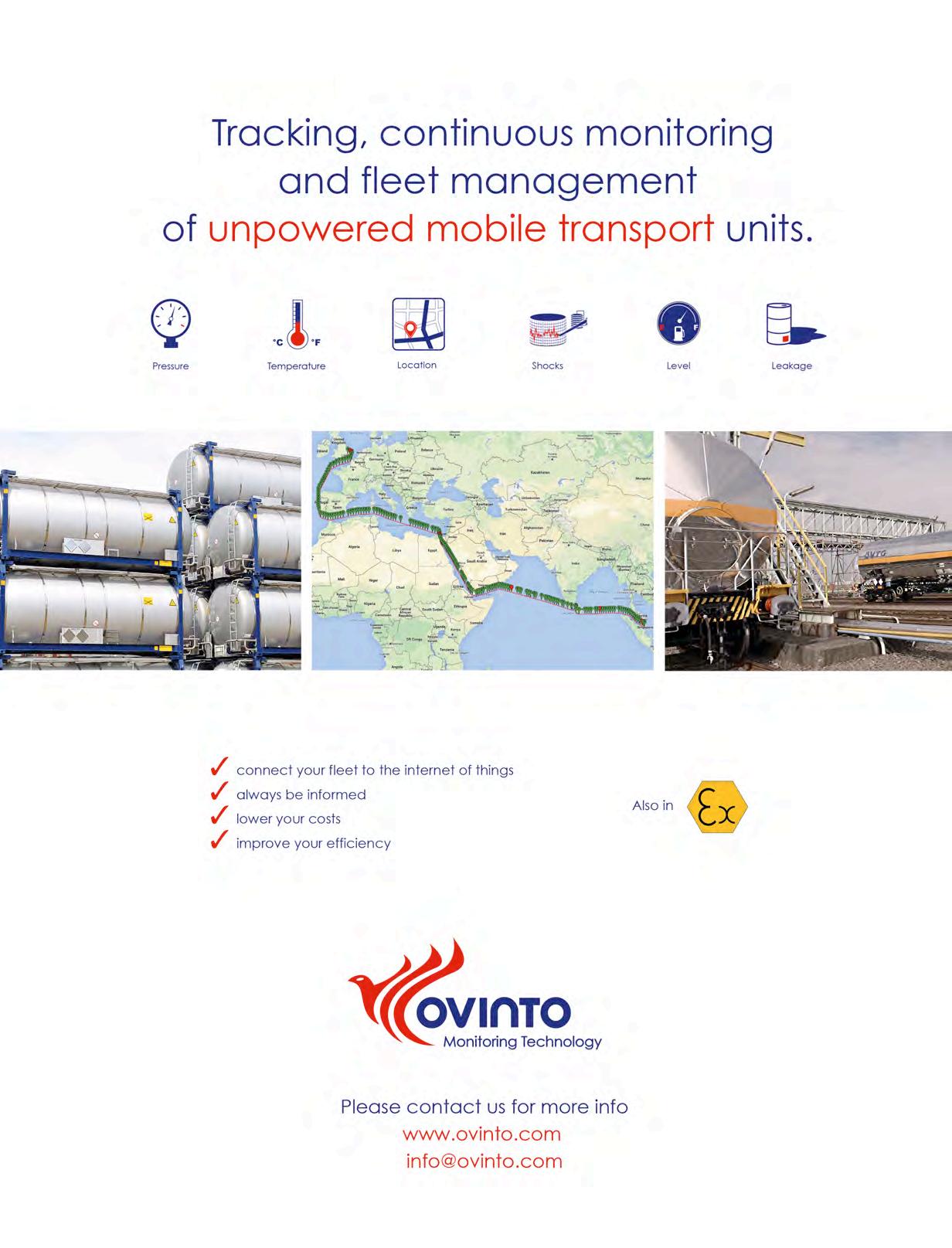
2 minute read
Neele-Vat adds to handling capacity
BUILDING WITH BOXES
WAREHOUSING • INCREASING CONTAINER TRAFFIC IN NORTHERN EUROPE HAS PROMPTED NEELE-VAT TO ADD MORE CAPACITY AND TO EXPAND ITS GAS MEASUREMENT OPERATION
IN THE FIRST half of 2017, throughput of containers at the Port of Rotterdam rose by nearly 10 per cent year on year. As many of those additional containers are carrying dangerous goods, this has meant an increase in business for specialist service providers.
Among them is Neele-Vat Logistics, which operates six facilities in and around Rotterdam, including a major warehouse on the Maasvlakte that has a total capacity of 50,000 pallet spaces and handles ADR goods, aerosols, other chemicals, electronics and goods that require temperature-controlled storage.
NEELE-VAT IS PLANNING A SECOND WAREHOUSE ON THE
MAASVLAKTE TO COPE WITH RISING CONTAINER TRAFFIC
IN ROTTERDAM
To handle the growing volume of inbound and – especially – outbound containers in the port, Neele-Vat has leased a further 5 ha of land opposite its existing Maasvlakte site and has already drawn up plans for another warehouse; the demand is clearly there and the company is now awaiting the award of permits from local authorities before construction can begin. It expects the warehouse to be complete late in 2018.
The second Maasvlakte facility will include drumming lines to break bulk from road tankers and tank containers. This is a new activity for Neele-Vat, reports business development manager Joost Mooijweer, as the company has traditionally focused on the transport and warehousing of packaged goods. BUSINESS DIRECTION Another significant element of the new Maasvlakte warehouse will be an outside area devoted to the gas measurement of the atmosphere inside containers arriving into Rotterdam, which will double the company’s capacity in what Mooijweer reports is a growing activity as an increasing number of receivers are asking for a gas-free certificate before taking delivery of imported goods.
Mooijweer reports that around 15 per cent of all containers checked have gas concentrations above the acceptable limit. Only 2 per cent involve high levels of fumigants – the other 13 per cent contain gases emitted by the cargo or by the wooden pallets and dunnage inside the container. Often these gases are derived from resins and adhesives used in the manufacture of the goods.
Mooijweer says the business of gas measurement has increased rapidly from a standing start some eight years ago; it now provides a gas measurement service not only for its own clients but also for third parties, mainly other freight forwarders, which now represent some 80 per cent of activity in this business. Neele-Vat is now one of the biggest players in the market in Rotterdam and its personnel are trained and properly equipped to deal with the hazards posed by off-gassing in containers before they are delivered to the consignee.
The move into gas measurement also reflects the changing nature of Neele-Vat’s overall business since it was formed in 2014 from the merger of two long-standing family-owned companies. European land transport accounts for some 40 per cent of its business, with warehousing contributing 30 per cent, air and ocean freight services 20 per cent and customs activities 10 per cent.
This smallest sector of the business is growing fast, Mooijweer says, not least from its experience in and expertise with the ‘Delivery Duty Paid’ system required of consignments to Russia. It can only do this by maintaining its own office in the country, one of six territories covered by offices outside its Benelux base. HCB www.neelevat.com








